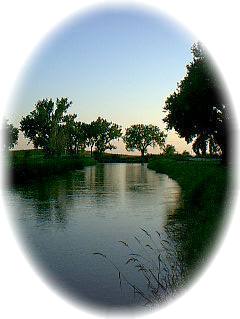Gothenburg, Nebraska

Gothenburg was founded in the late 1800s, by Olaf Bergstrom, a worker with the Union Pacific Railroad. The Union Pacific Railroad was expanding westward and settlements were springing up. Bergstrom chose a farmstead north of the townsite and traveled back to Sweden to convince his fellow countrymen to migrate to Nebraska to build a new town in the west. Along with the Swedes, many Germans and Danes settled in the area, as is evidenced by the name Gothenburg. The town was named for Goteborg, Sweden, but was given a German spelling by railroad officials. By July of 1885, Gothenburg was incorporated as a town with a population of 300.
Gothenburg was one of the first towns between Omaha and Denver to have electricity. Lake Helen was constructed on the north edge of town in 1891 to generate electricity which encouraged several industries and factories to locate in Gothenburg in the 1890s. Lake Helen was the largest man made lake in Nebraska at that time. Electricity brought an industrial boom, followed by agricultural redirection, which became the town's economic mainstay.
In recent years, on the centennial of Lake Helen's construction, Gothenburg was named All-America City by the National Civic League. In 1993, Gothenburg helped Dawson County achieve All-America City status. Dawson County is the only county in Nebraska to win this distinction.